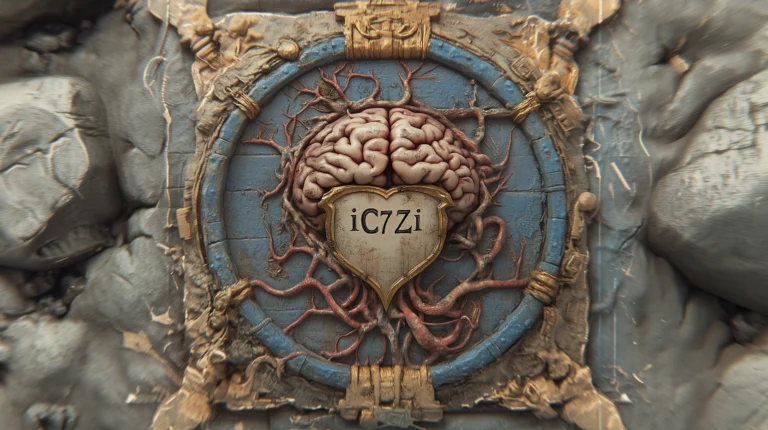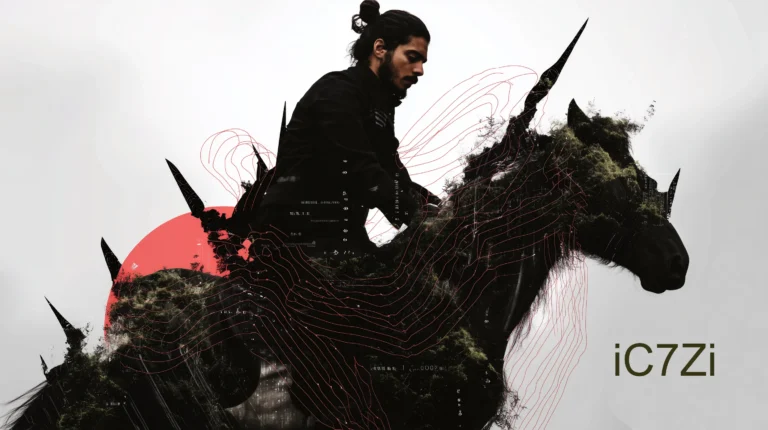Silver Lines of Hindsight: Respecting Legacy, Rejecting Dogma
History is full of philosophers, artists, actors, and politicians who once took extreme positions and later regretted them. Their work still matters, but our task is to meet it with discernment, not blind devotion.
That uneasy jolt you feel when someone you admire says something crude or harmful is valuable. Should you accept the flaw? If you reject it, what happens to the ideas that once shaped you? The challenge is to stand on the mental ground you built with their help while continuing to think for yourself.
Clear thinking begins with the capacity to sit still, alone, in silence, beyond the psychological pull of left and right. Never turn anyone into an idol. Behind every public mask stands an ordinary human being. Notice the drama, the greed, fear, and insecurity that turn fresh insight into stagnant dogma, like clean water growing foul and suffocating those who drink it.
Isaac Newton is a perfect example. In 1720, he lost most of his fortune speculating in the South Sea Company, famously lamenting that he could “calculate the motions of the heavenly bodies but not the madness of people.” Yet the loss did not diminish the Principia or his role in founding modern physics. The lesson: a person’s mistakes need not invalidate their genuine contributions.
So draw a thin silver line of hindsight. Learn to soar into open space, build ideas to rest in briefly, and then fly onward. Practice living in the tension between yes and no. Recognize our interconnectedness and the sacredness of every human life. Sit with yourself, bear pain, transmute it into knowledge, and let that knowledge ripen into wisdom.
Quick Summary: Famous Figures & Their Big Mistakes
Isaac Newton (physics)
- Lost most of his fortune speculating in the 1720 South Sea Bubble.
- Lesson: Even the sharpest intellect can be blinded by market hype.
Albert Einstein (physics)
- Added a “cosmological constant” to force a static universe, then called it his “greatest blunder” when the universe turned out to be expanding.
- Lesson: Science moves forward when we admit errors and follow new evidence.
Linus Pauling (chemistry)
- Announced a triple-helix model of DNA that ignored basic chemistry and was quickly disproved.
- Lesson: Rushing ahead without enough data invites spectacular mistakes.
Galileo Galilei (astronomy)
- Insisted ocean tides came from Earth’s motion, dismissing lunar gravity as “occult.”
- Lesson: Personal bias can blind even evidence-driven thinkers.
Charles Darwin (biology)
- Proposed “pangenesis,” a wrong heredity theory involving tiny “gemmules.”
- Lesson: Ground-breaking ideas often leave big gaps for others to fill.
Aristotle (philosophy)
- Taught that heavier objects fall faster and defended “natural” slavery.
- Lesson: Authority alone shouldn’t freeze ideas—question even revered sources.
Jean-Jacques Rousseau (philosophy)
- Sent all five of his newborn children to orphanages while writing about ideal parenting.
- Lesson: A thinker’s personal conduct may clash sharply with their teachings.
Galen (medicine)
- Based human anatomy on animal dissection and promoted the four-humor theory for 1,500 years.
- Lesson: Medical dogma persists when direct observation is discouraged.
António Egas Moniz (neurology)
- Popularised the frontal lobotomy—later seen as a disastrous “cure.”
- Lesson: Miracle treatments need rigorous long-term testing and ethical checks.
Neville Chamberlain (politics)
- Tried to appease Hitler at Munich in 1938; war erupted anyway.
- Lesson: Conceding to aggressors often invites further aggression.
Napoleon Bonaparte (military)
- Invaded Russia in 1812 and lost most of his Grande Armée.
- Lesson: Overconfidence and poor logistics can undo a strategic genius.
Richard Nixon (politics)
- Covered up the Watergate break-in, leading to his resignation.
- Lesson: Abuse of power erodes trust and topples careers.
Mao Zedong (statecraft)
- Great Leap Forward policies caused the deadliest famine in history.
- Lesson: Ideological zeal without honest feedback can be catastrophic.
Oscar Wilde (literature)
- Sued the Marquess of Queensberry for libel, triggering his own arrest for homosexuality.
- Lesson: Pride-driven legal battles can backfire disastrously.
Caravaggio (art)
- Killed a man in 1606 and spent his remaining years as a fugitive.
- Lesson: Exceptional talent does not excuse uncontrolled violence.
Dig deeper: see the attached PDF for the full research and detailed findings.
End where flow begins. Let every teaching be a rung, not a throne. Gather insight from saints, scientists, poets, and skeptics, then fashion an inner compass that keeps turning toward honesty. When any idea grows stiff, breathe out, let it dissolve, and welcome the next current. The mind needs symbols as the body needs food, yet no single symbol can claim the whole sky. Pray to a stone if it steadies your heart, but remember the stone is one note in an endless song.
Let your chosen deity serve as a stepping-stone, then let the stone sink back into the river. The mind needs shapes to grasp, yet each shape is only a pointing finger, never the moon itself. When devotion ripens, the form dissolves into clear space, and you stand where symbols end and the boundless cannot be named.
Feel the pull of non-dual awareness: the quiet sense that the seeker and the sought arise together. Rest there, then step back into the world with clear eyes. When fear whispers of meaninglessness, answer with creative action. When certainty hardens into dogma—atheist or devout—soften it with curiosity. Keep testing your edges, breaking small limits so larger horizons appear.
Life is not a puzzle to solve but a dance to join. Stand with the simple fact that existence is valuable in itself; all else is commentary. Move, pause, move again. In that rhythm the crisis opens into possibility, and wisdom keeps renewing like water flowing around every stone.
Let every symbol be fertile soil. Draw out its finest qualities—compassion, courage, clarity—and let them bloom in your psyche, shaping thought, word, and deed. Treat each image as a mirror polishing the heart, a seed inspiring creative service, a lamp widening awareness.
Use symbols to expand consciousness, never to attack or divide. Upgrade them when they stiffen, release them when they rule, and let inner silence reveal their deeper meaning. In that quiet space between thoughts, reverence turns toward growth, nourishing life instead of narrowing it. Then symbols unite rather than separate, guiding you to create, to flourish, and to lift every being into an ever widening consciousness.
“Bow to the form until it melts into silence, then stand within that silence and know: the sheer fact of being is the highest gift. The ultimate treasure is not the symbol but the simple fact that you are here, aware, and alive.”
Now turn the lens inward. Ask yourself where your own path has hardened into habit, where fear keeps you circling the same thoughts, where old beliefs have gone stale. Notice the places in your spiritual journey that feel quiet and lifeless; those are signals, not failures.
Bring fresh curiosity to them, test them, breathe new life into them. Let the lessons of these great figures remind you that growth is a lifelong practice. Keep moving, keep questioning, and let every insight become a step toward wider awareness and deeper compassion.







